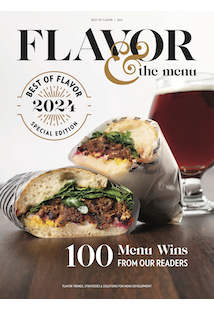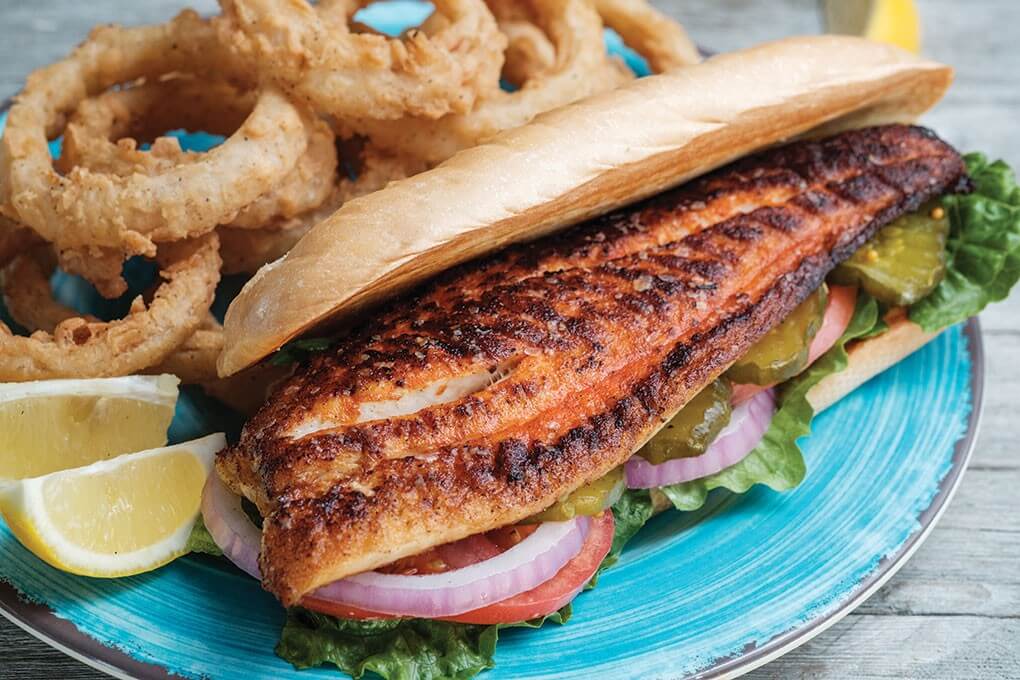 Crawford Entertainment
Crawford Entertainment Kerry Hurst
Kerry Hurst, Destin, Fla.
In the opening minutes of Salt Water Cowboys, a documentary about the commercial fishing industry in the Gulf of Mexico, captain Kerry Hurst lists his three main concerns about fishing 80 miles from shore. The first is the safety of his crew. The second is making sure they pull only a sustainable amount of Gulf red snapper up over the rails of the F/V Alleluia. And the third is taking the necessary steps to maintain the quality of the fish all the way to market.
Fishing is the only job Hurst has ever had. He began his career as a member of his uncle’s crew. “One thing he taught me as a young man was that a quality product creates its own demand,” he says. “We try to live by that.”
Thirty years later, he’s grateful to still be doing what he’s doing. “The way I express my gratitude is by being a good steward of the fish we catch. Whenever we fish a reef, we’ll catch a few, then move off to the next reef so that we’re not taking too many fish from any one place,” says Hurst. He also makes his federally mandated quota last the whole year so his customers can have access to Gulf red snapper year round.
On every trip, he tracks where shoals of snapper are swimming with sonar technology. A computer screen lights up where they are plentiful, and he steers the Alleluia in their direction. Longlines are lowered with baited hooks, and as the crew pulls in the lines, the fish are unhooked and immediately placed in ice boxes.
“In the end, it’s really up to the fish. Sometimes they just don’t bite. That’s why it’s called fishin’ and not catchin’,” he says.
Dylan Feenker, Executive Chef Lucy Buffett’s LuLu’s, Florida, Alabama, South Carolina
Chef Dylan Feenker describes Lulu’s Fresh Gulf Red Snapper Sandwich as having the standard po’ boy fixings, served on a demi-baguette with lettuce, tomato, pickles and a housemade sauce. The fish is also offered as an entrée or atop any one of Lulu’s featured salads.
“The quality of this fish cannot be beat because it’s pulled right here from the Gulf by fishermen who you know care about the product and the people eating it,” says Feenker. About 30,000 lbs. of Gulf red snapper were sold across all three Lulu’s locations last year—Destin, Fla., North Myrtle Beach, S.C., and Gulf Shores, Ala.
Feenker says it’s a crowd-pleaser because the fish has a mild flavor with a slightly nutty finish. Its moist, flaky flesh holds up well across cooking techniques—at Lulu’s, it’s offered grilled, blackened or fried. But it is always local, and the restaurant can prove it.
The chain of custody for the Gulf red snapper sold at LuLu’s is documented via Fish Trax Marketplace, an online traceability program that uses QR codes to track fish from the fisherman who reeled it in through the seafood distributor who delivered it to the restaurant. Customers can scan the QR code and trace the fish on their plate back to the fishing boat it came to shore on.











